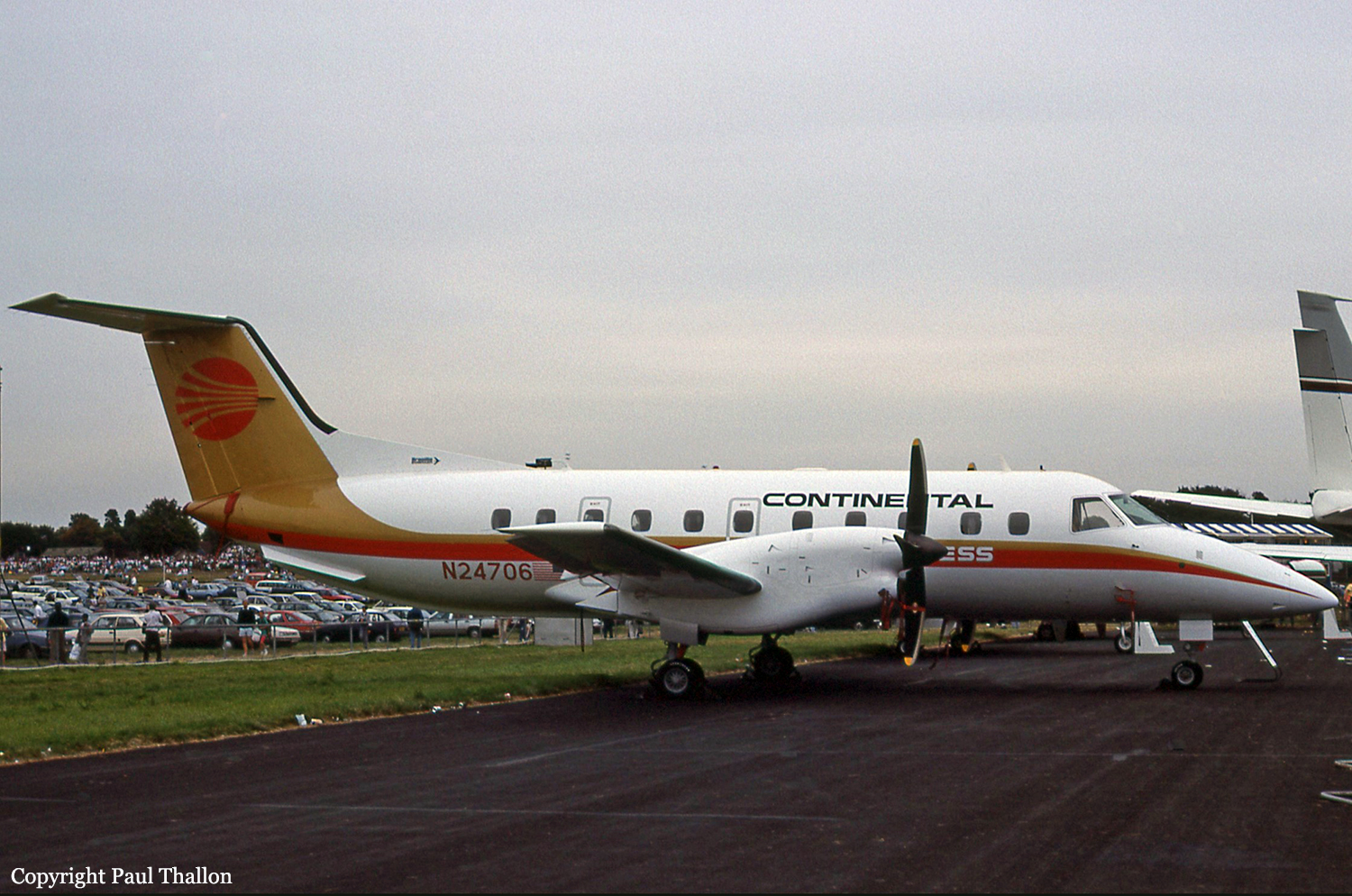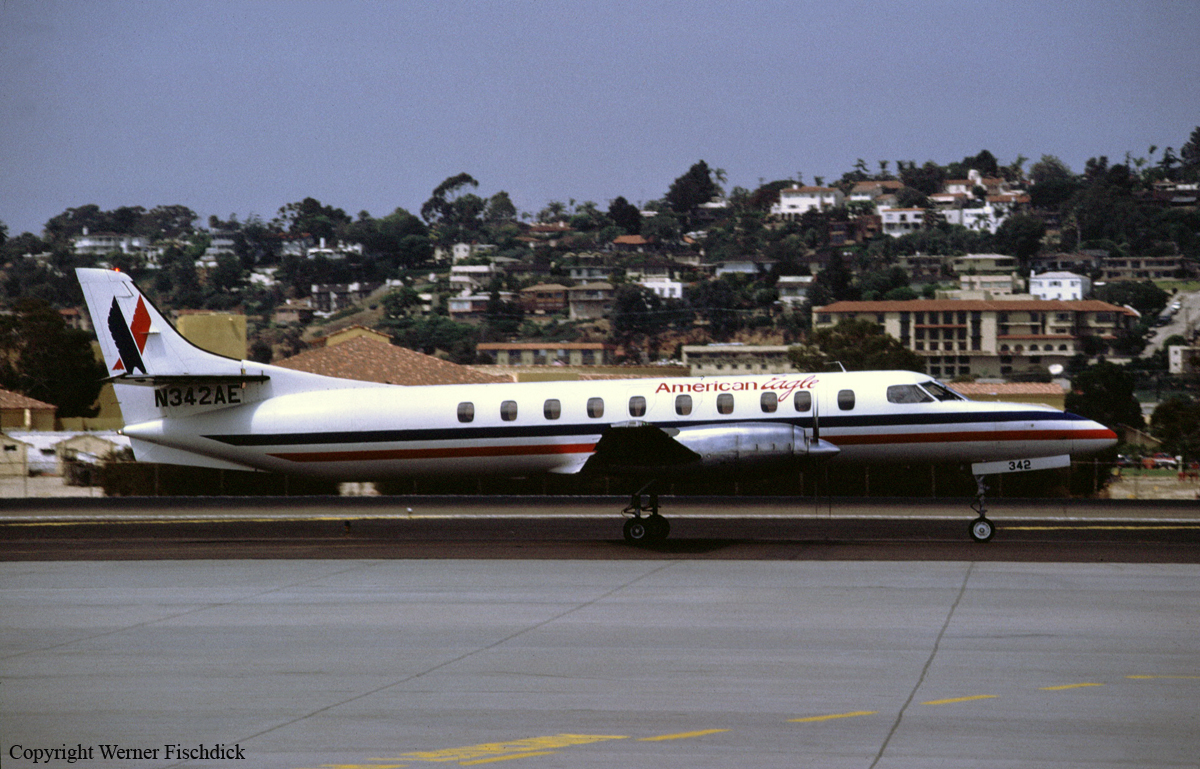Crash of a Beechcraft 65-A90 King Air in Mount Ida: 2 killed
Date & Time:
May 1, 1993 at 0637 LT
Registration:
N530N
Survivors:
No
Schedule:
Mount Ida - Huntington
MSN:
LJ-141
YOM:
1966
Crew on board:
1
Crew fatalities:
Pax on board:
1
Pax fatalities:
Other fatalities:
Total fatalities:
2
Captain / Total hours on type:
650.00
Aircraft flight hours:
8660
Circumstances:
Approximately 7 minutes after takeoff, the airplane collided with terrain approximately 3 miles from the departure airport. The accident site was 1,100 feet msl; the highest terrain in the area is 1,400 feet msl. The departure airport elevation is 643 feet msl. According to witnesses, the airplane disappeared into clouds at approximately 200 feet following takeoff, and that the hills to the southeast were obscured by clouds. The pilot had about 4 hours sleep the night before the accident flight. Both occupants were killed.
Probable cause:
The pilot's failure to establish an adequate climb rate. Factors in the accident were: pilot fatigue from lack of sleep, and the weather conditions.
Final Report:







